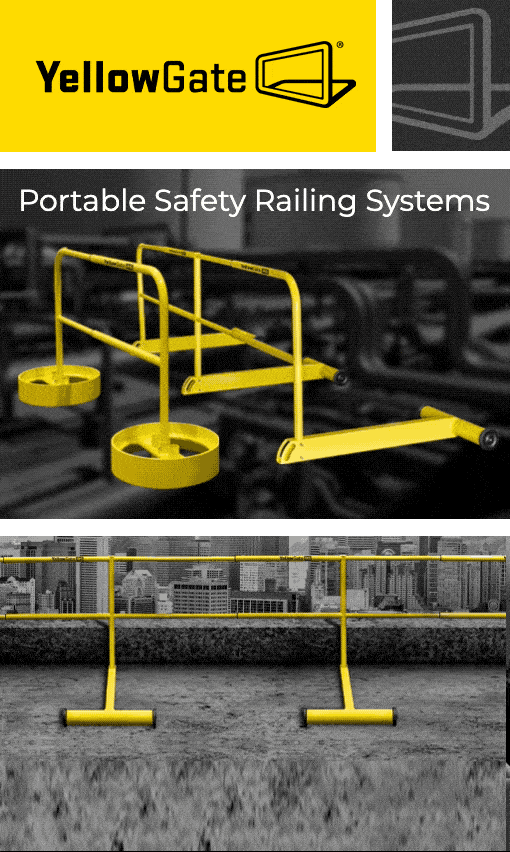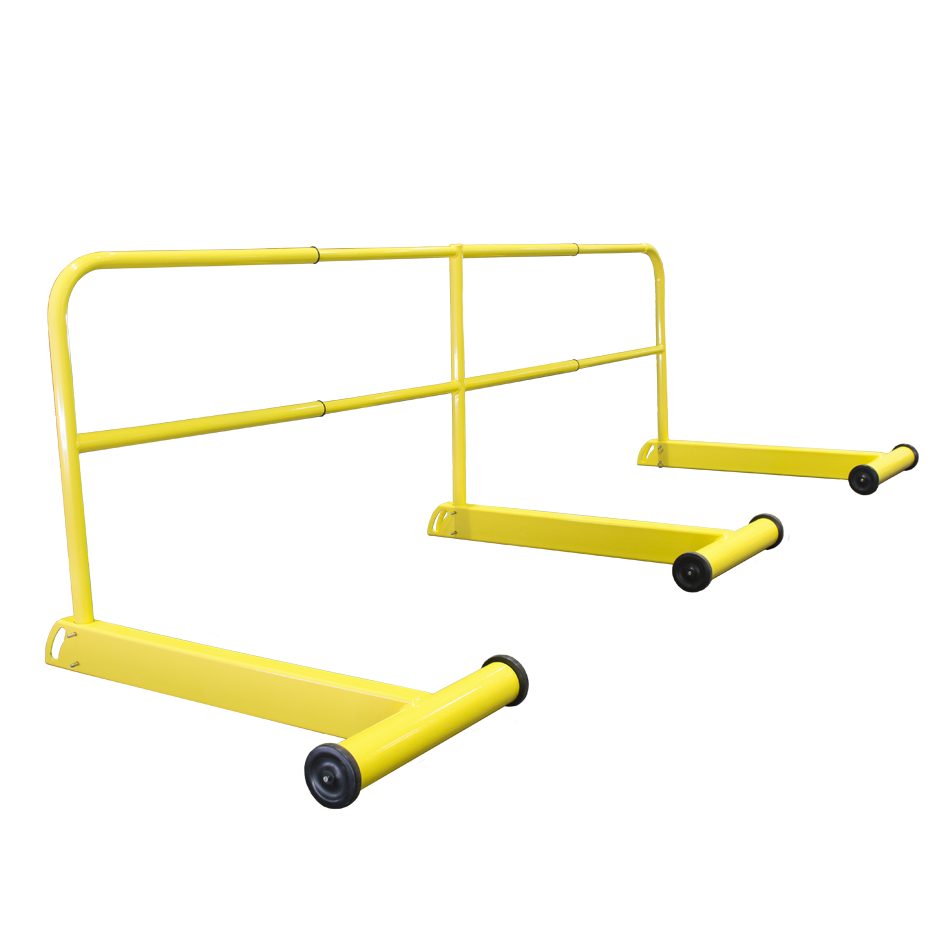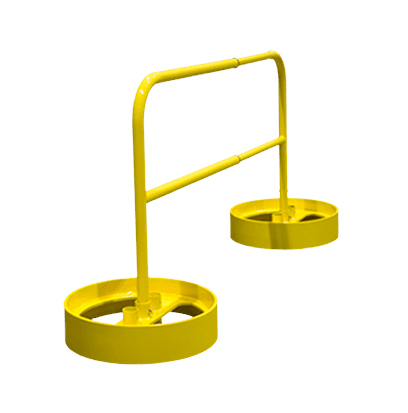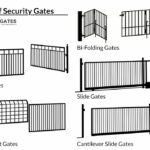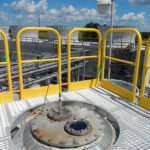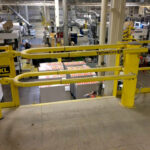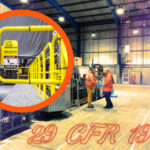Several areas in any industrial setting pose a risk of accidents and deaths in the workplace. Most building rooftops have raised pipes, ducts, and HVAC machinery blocking the workers’ way. Maintenance workers must enter these facilities from an elevated location and may require safety railings to secure themselves to the structure. A handrail in the roof can also serve as a physical impediment and help businesses steer clear on unfortunate incidents like workers falling off the roof’s edge. The same goes for guardrails are a proactive approach to address the problem.
A safety handrail gets us down to brass tacks on support in several situations on a walkway, stairs, and often even on work platforms. In fact, the Consumer Product Safety Commission reported in a four-year case study that close to 179,000 people were injured on balconies and rooftops, with structural failure or collapse resulting in over 11 percent of those fatalities. When it comes to designing a safe and OSHA-compliant activity or walking surface, an interior railing and ground-mounted railing are a life-or-death approach to the problem. Safety hazards are frequently ignored at the ground level, both indoors and outdoors, making safety railing necessary to establish a safe and compliant workplace. Crashes, exposed corners, and dangerous walkways are examples of common threats.
All fall-related workplace injuries are preventable. These incidents keep happening because managers often get entangled in a web of budget constraints and lax oversight than devote particular attention to fall protection equipment. The spate of corporate negligence and worker demise is basically why the federal agency Occupational Safety and Health Administration (OSHA) was conceived. OSHA’s mission is to ensure that companies have a secure and safe workplace — free of recognized risks. The agency also encourages worker health and safety on the job and minimizes injury, disease, and death inside their place of employment. OSHA set forth a series of initiatives to fulfill its mission.
OSHA claimed ten fall safety violations by a Pennsylvania roofing company. An employee ended up dead in Philadelphia after slipping 45 feet during roof repairs. Employers never face criminal prosecution for violations of occupational health and safety, except though they murder workers. The DOJ and the OSHA are placing a new Memorandum of Understanding on the bark of criminal charges.
In general, workers’ protection regulations rarely cover felony offenses. The prosecutors advised the use of Title 18 and environmental crimes to be considered. The roofing business owner claims guilty of hiding his inability to provide his workers with security from fall injuries. Four charges of making false claims and obstructing justice, and voluntarily breaching OSHA regulations causing an employee’s death were charged to the employer. The employer received a verdict of a maximum of 25 years in jail.
OSHA points out fall protection parameters: 4 feet in the general industrial settings, 5 feet in shipyards, 6 feet in the building industry, and 8 feet in docking operations. OSHA also needs fall safety when operating on unsafe industrial machinery irrespective of the fall distance.
To reduce injuries to workers, employers need to:
- Keep eyes open on any floor hole a worker can enter by mistake
- Provide rail and toeboard guards to each high open-sided platform, floor, or industrial catwalk
- Despite the height, employers shall have guards and toeboards to restrict incidents like falling or getting injured in hazardous machinery or equipment (such as hazardous chemical drums or conveyor belts)
- Safety harnesses and lines, safety nets, stair railings, and handrails can be other forms of fall security for some workers
OSHA summons employers to:
- Provides a safe environment when engaged in employment
- Maintain clean and dry floors in work areas
- Choose and provide employees with necessary personal protection tools and work garments at no cost
- Pull ranks to train staff on the threats they should understand in workshops or seminars
The accidents in the workplace are both terrible for employees and doubly worse for companies. Early mitigation techniques can contribute significantly to improving the efficiency and outcomes of preventing these incidents. The apex priority for every company should be to keep employees safe and secure. Initial accident prevention provides workers with the means to keep businesses going forward and not sidelining on-the-job safety priorities. With only a few basic tactics mentioned above, employers can reduce the substantial compensation costs annually for job-related injuries, affecting companies everywhere.
